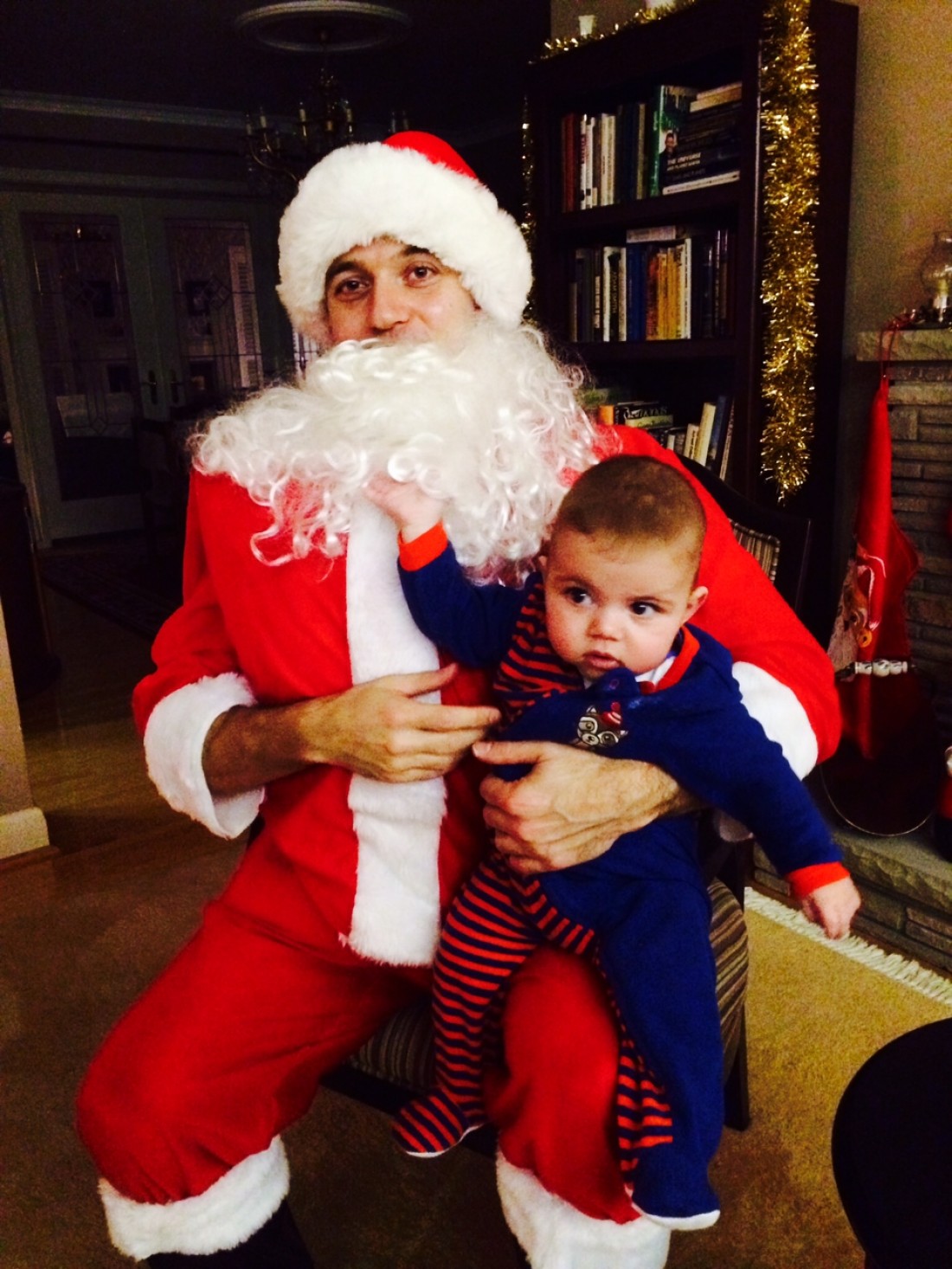I have a little nephew. He is just over 5 months old. I try to visit and see him as much as I can, but it can be hard to make time during the winter season, which is typically very busy for me. Because of the time off that the Christmas break has afforded me, I have had a lot more time to spend with my nephew over the past few days. Watching and playing with him over this time has given me a unique insight into the topic of physical activity for children. Below is a brief summary of the two main things I have learned from my nephew, and how they can be applied to Long Term Athlete Development (LTPD) in soccer in this country.
- Young children want to move – as much as possible. My little nephew wakes up early in the morning, and after he has had something to eat and done his business in his diaper, he is ready to play for several hours. The most noticeable thing about the way he plays is that he is never comfortable being still or in one position for extended periods of time (typically longer than a few minutes). He enjoys being picked up/held, laying on his back and/or rolling onto his stomach, crawling, being carried or “pretend walking”, and also paying in his “jumparoo” (a harnessed bungee-jumping device for infants). If he wakes up from sleep or a nap and is forced to remain still in bed or inside a car seat for more than a few minutes, he will start to cry and will not stop until he does some kind of physical activity (crying will stop almost instantly when this happens). The take away message from my nephew’s play habits is that young infants and children just want to move. The more they move, the happier they are. The fact that they are getting exercise, building strength, endurance, flexibility and coordination are all secondary positive side-effects. Coaches working with young children should take these natural instincts and habits into account. Come up with exercises and training sessions that allow children to move as much as they possibly can, while simultaneously limiting rests and periods of inactivity as much as possible.
- Young children are excellent at self-regulating their play time. What I mean by this is, they decide when they want to start/stop a particular activity, as well as the duration, speed, intensity, and overall workload associated with any particular activity. When my little nephew needs a break from rolling around on the floor, he cries, indicating that he needs a change in position. Same thing happens when he is tired of “pretend walking” or being in the “jumparoo”. If he were to be pushed into doing a particular activity longer than he wanted to, he would become so fussy that there would be no choice but to have him stop and do something else, something that he wanted to do. I can see in his play habits a remarkable parallel to the training of young soccer players. In an environment that is too structured, with too much of an emphasis on coach-led activities, young soccer players will get frustrated and bored. If, in contrast, coaches allow young players to self-regulate their physical activity more (primarily through an unstructured “free play” environment) then athletes will be more engaged, both physically and mentally, and they will likely get better results from their training.
I think many, if not all, infants and young children have a natural inclination to move as much as possible, and also to self-regulate their movement and physical activity. Coaches working with young children should try to keep these natural inclinations in mind when planning and implementing their training plans. The result will be happier, healthier, and more well-rounded young soccer players.
I’d love to hear your thoughts about this topic. Drop me a line here to get the conversation started.


Leave A Comment